Historic St. Peter Church and Cemetery in Mendota
The first chapel for the parish of St. Peter was located in a log cabin across the river from Fort Snelling near the home of Henry Hastings Sibley. It was donated to the parish by John Baptiste Fairbault in 1842. The congregation outgrew the small chapel and they began planning the construction of a stone church. The project was spearheaded by Father Augustine Ravoux, who assumed the pastorate of Mendota, St. Paul, and nearby areas in 1844.
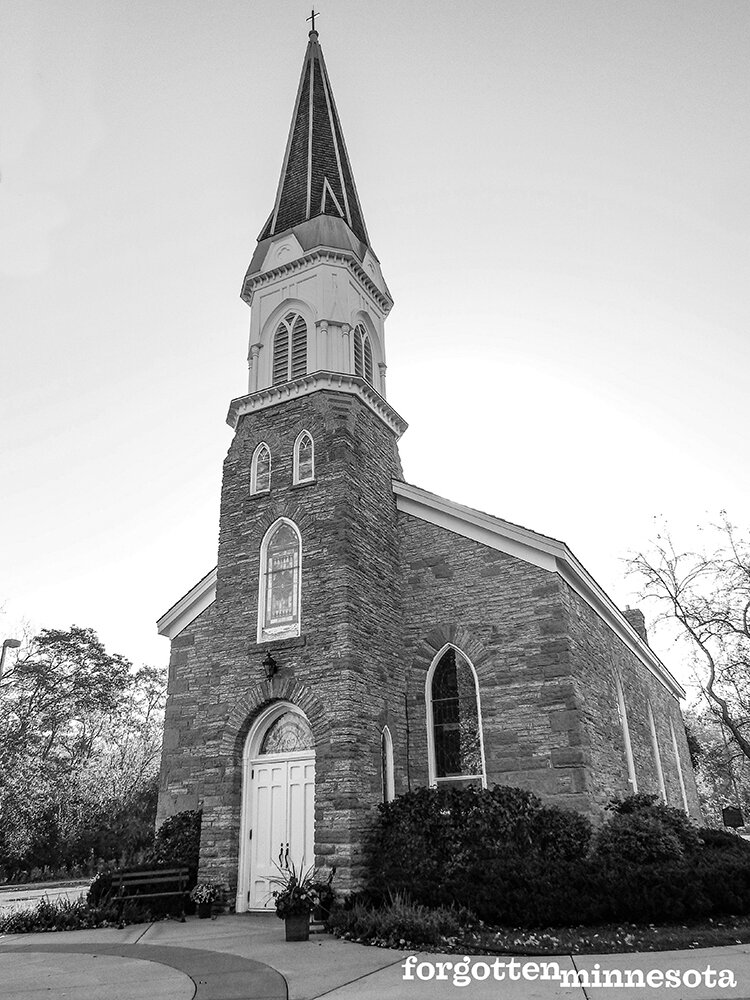
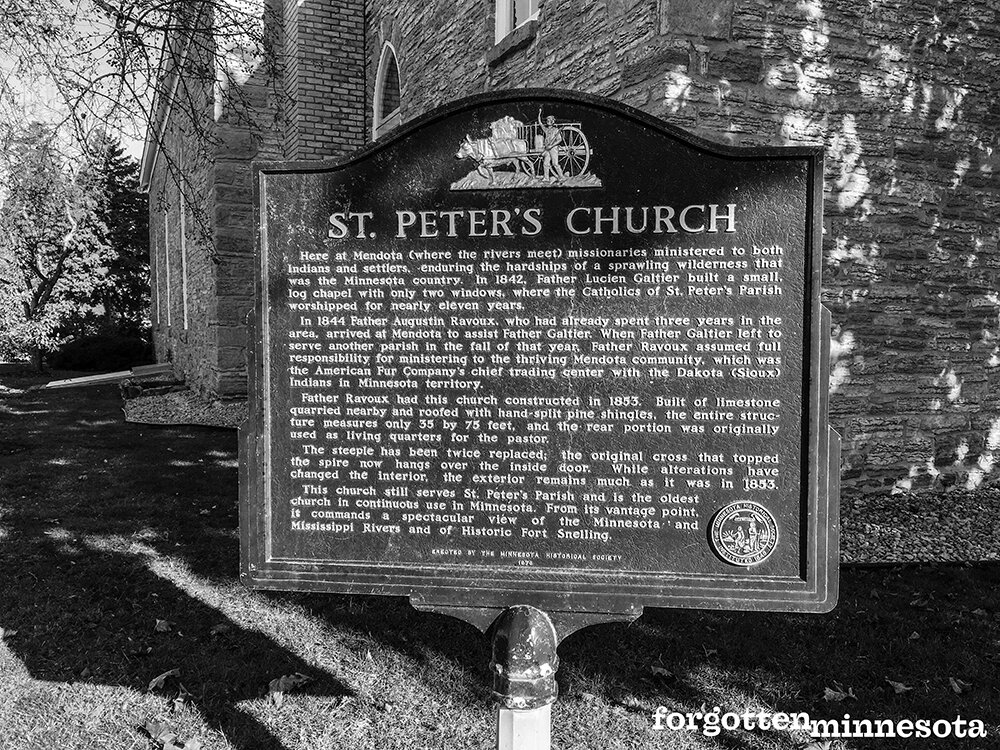
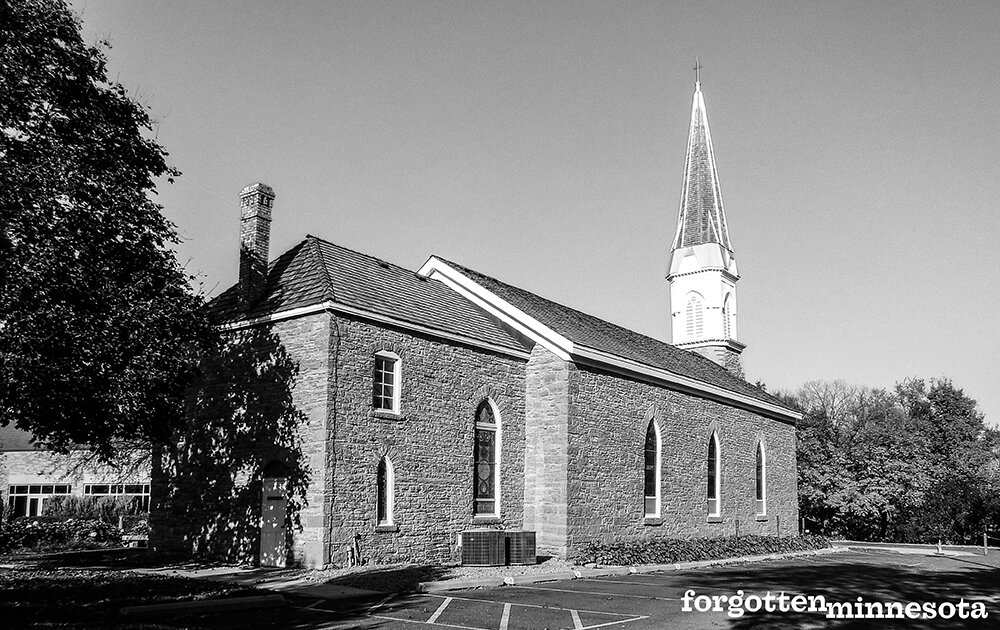
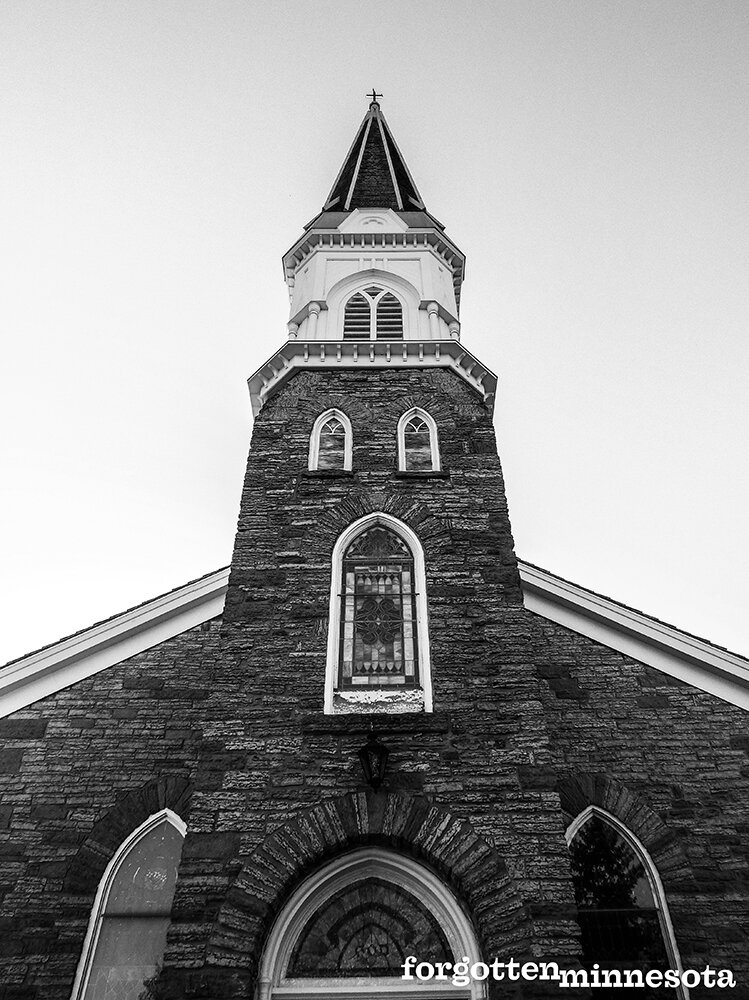
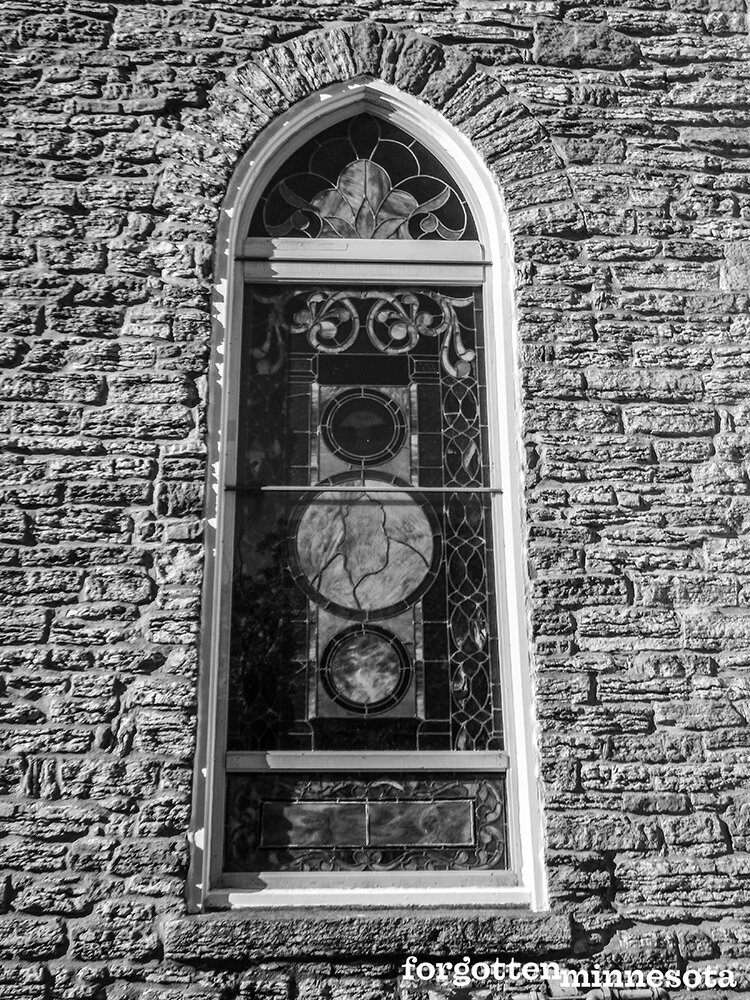
The stone church measured 35 feet by 75 feet and was constructed of limestone quarried nearby. The roof was covered with hand-split shingles and featured a tall steeple. It cost $4,425 to built and much of the money raised for its construction was donated by Sibley, Faribault, and several officers from Fort Snelling. Stained glass windows were added in 1904. The church was not insulated until 1940, so it gained a reputation for always being cold inside.
A rectory was added to the church in 1881–before that priests lived in the attic of the church. A few years later, the steeple blew down in a storm. It was replaced by a much taller steeple and a bell cast in St. Louis. That steeple came crashing down during a tornado in 1951. It was replaced with a shorter, gilded steeple and the original bell replaced for the centennial celebration in 1954. The steeple that is seen today is the fourth to adorn the church.
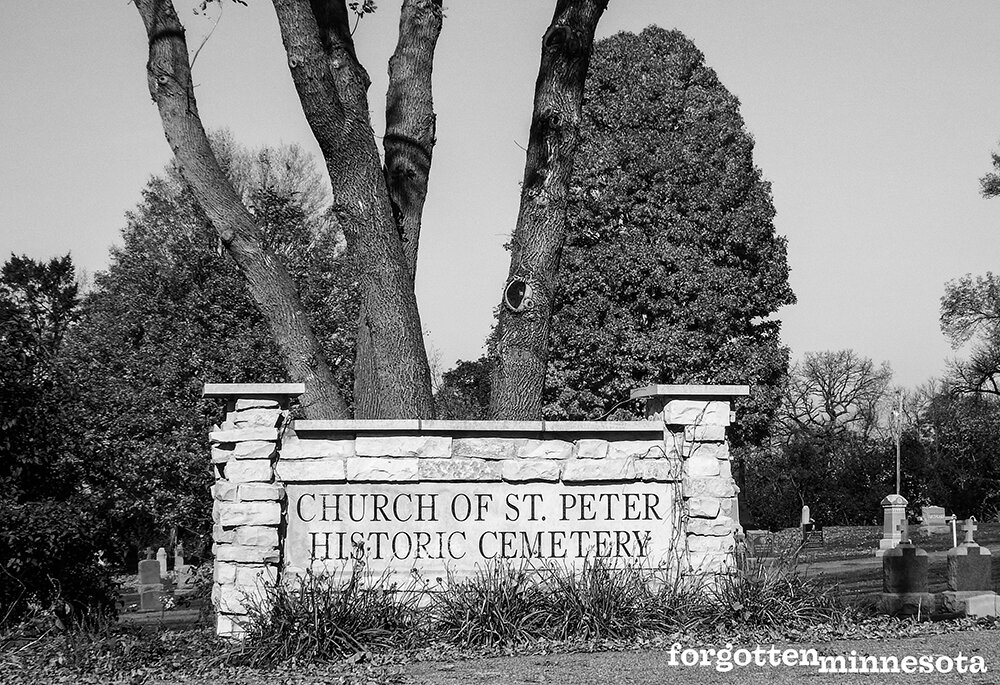
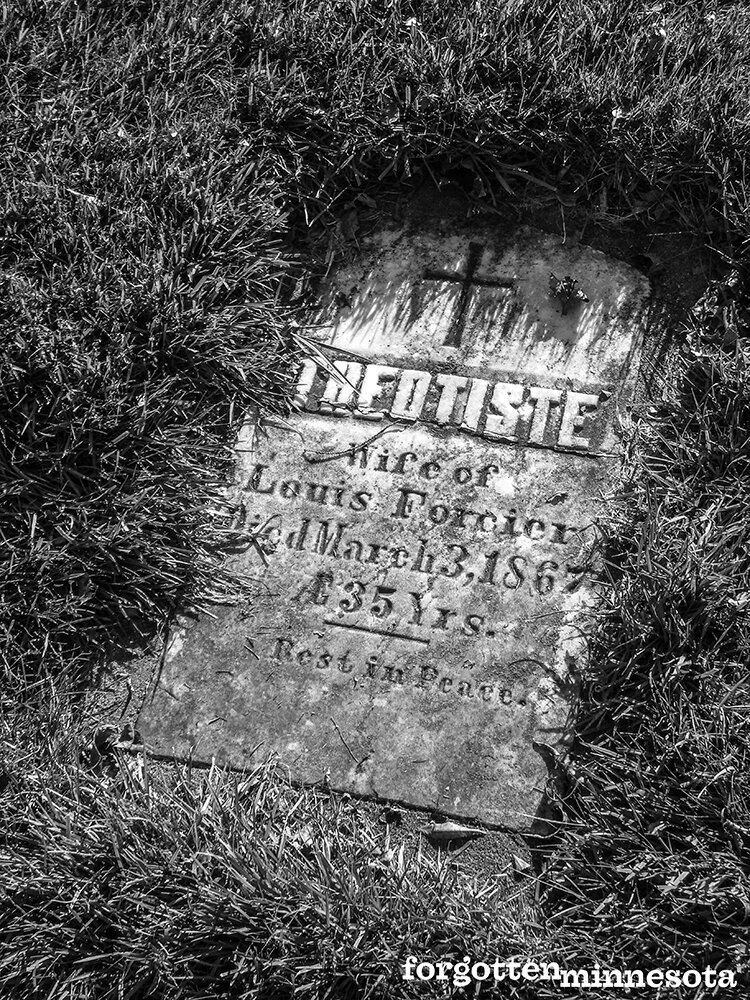
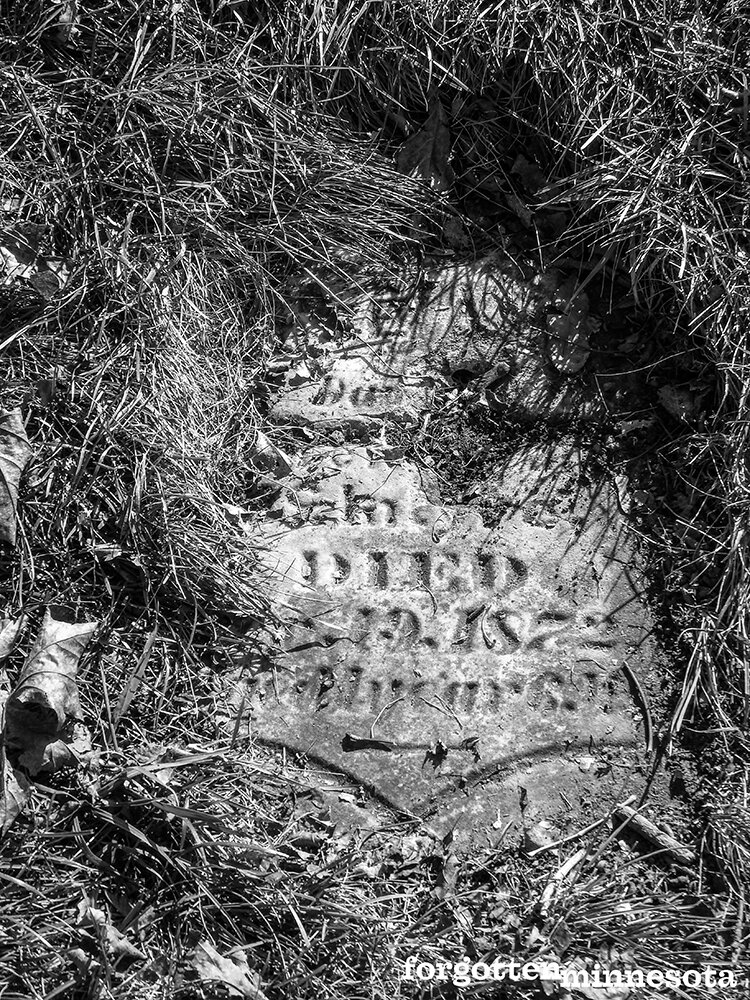
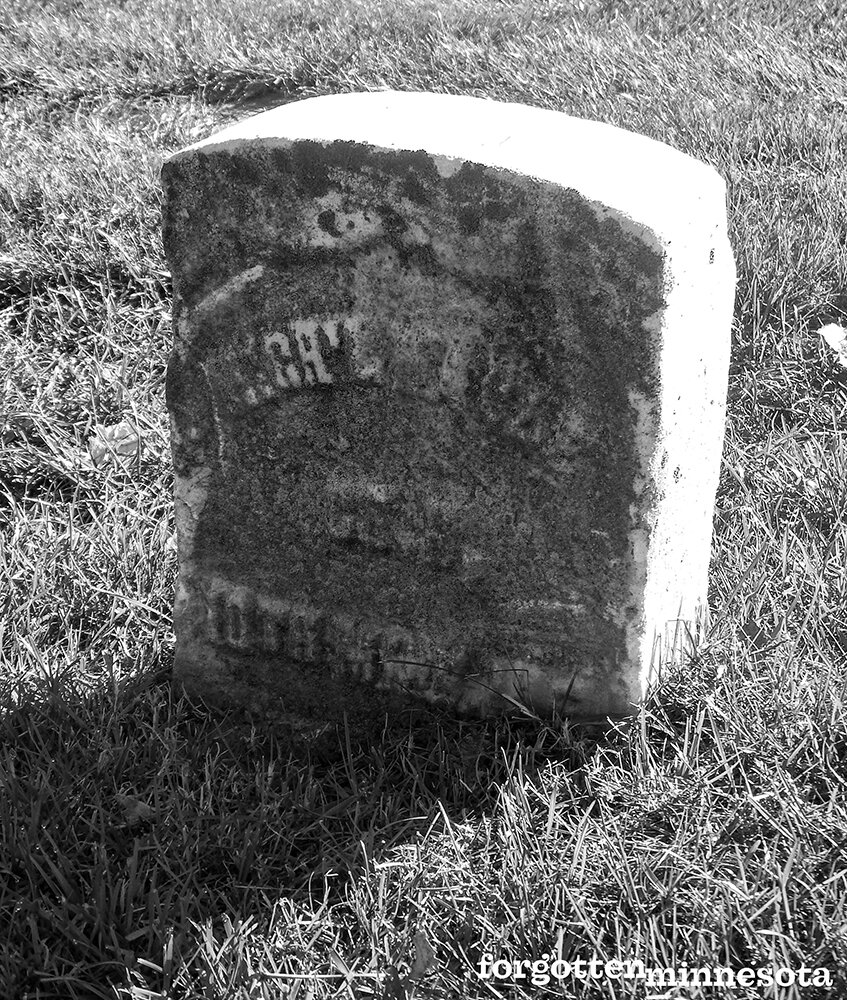
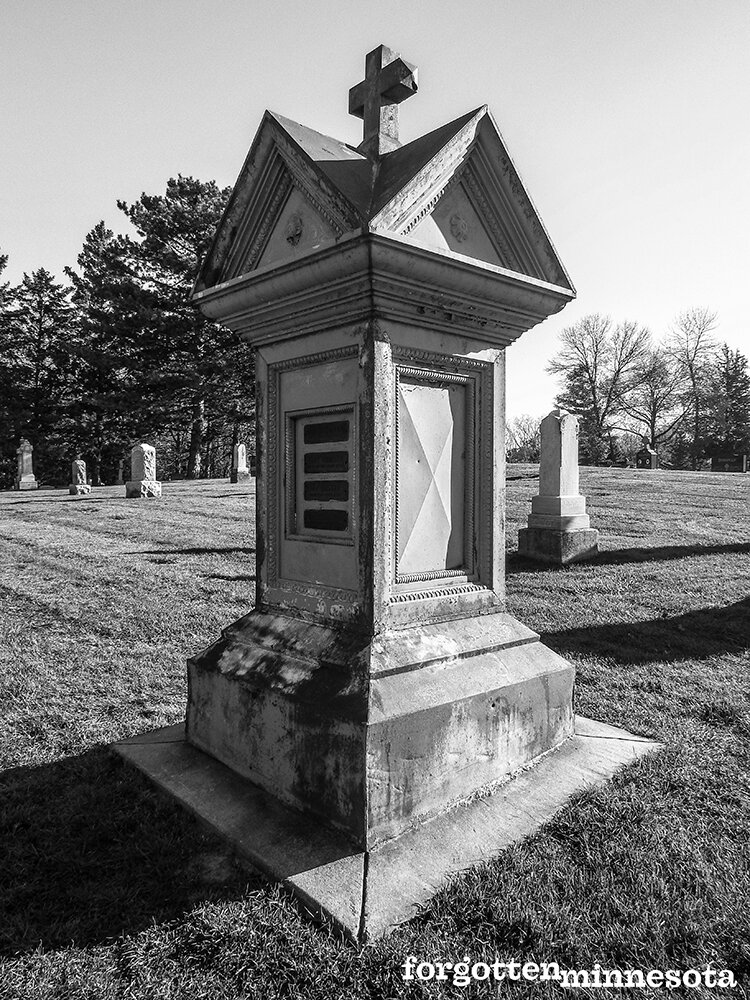
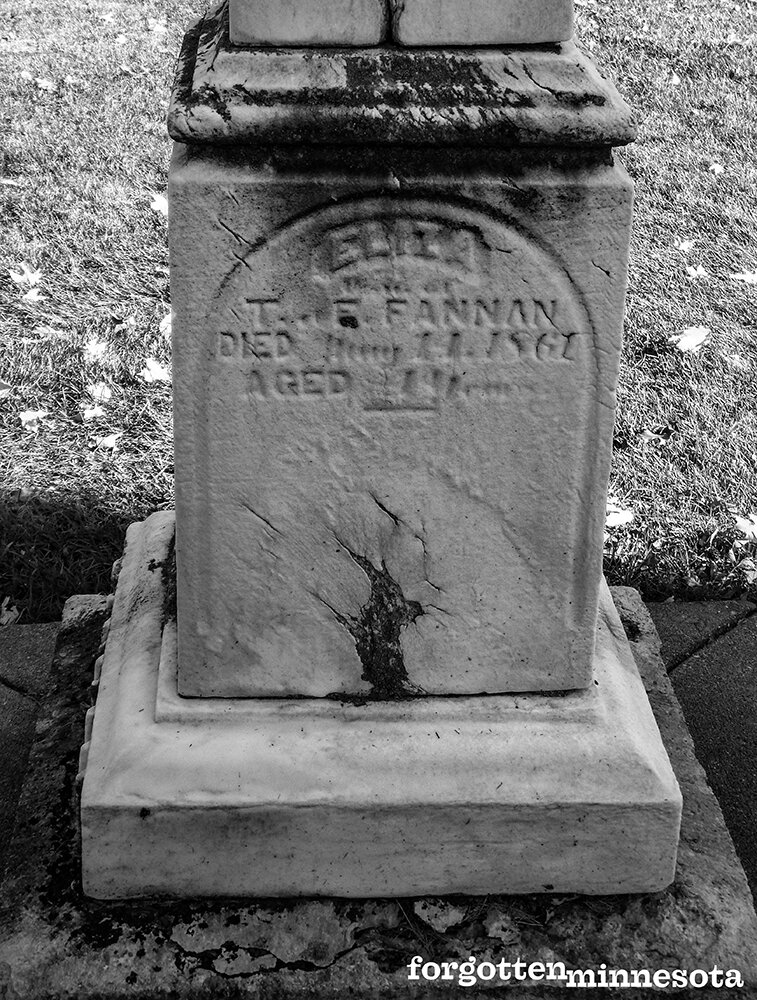
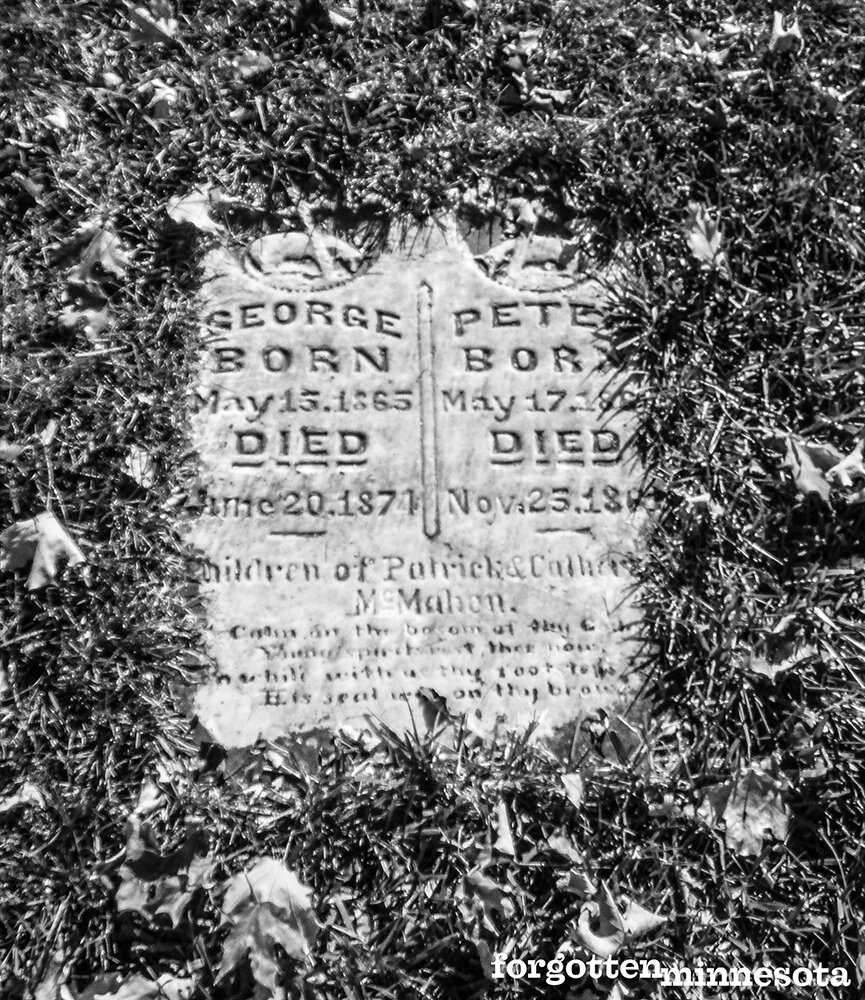
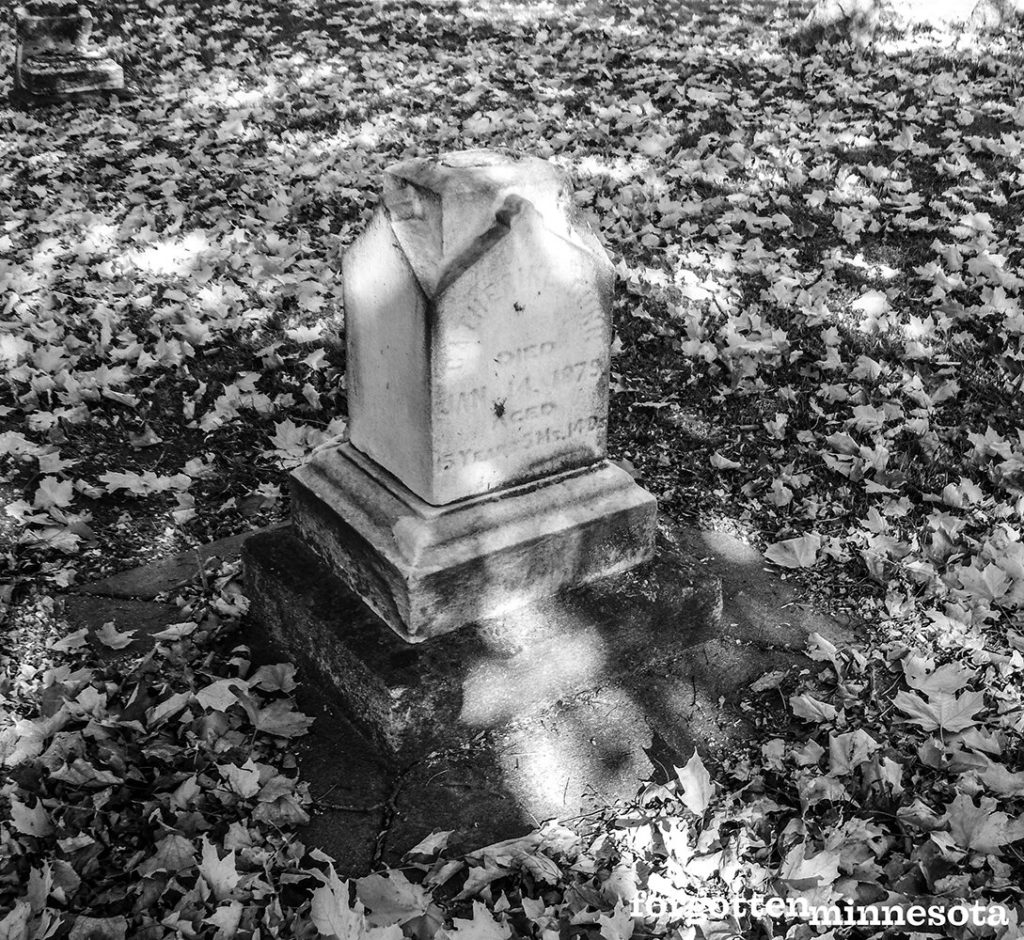
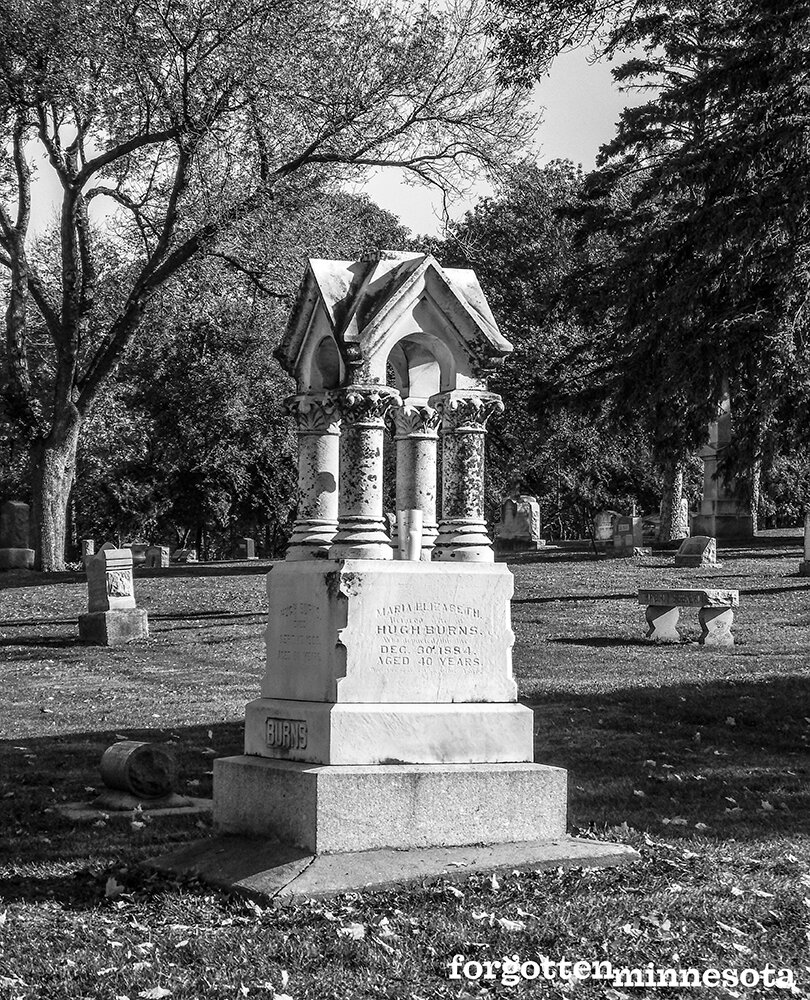
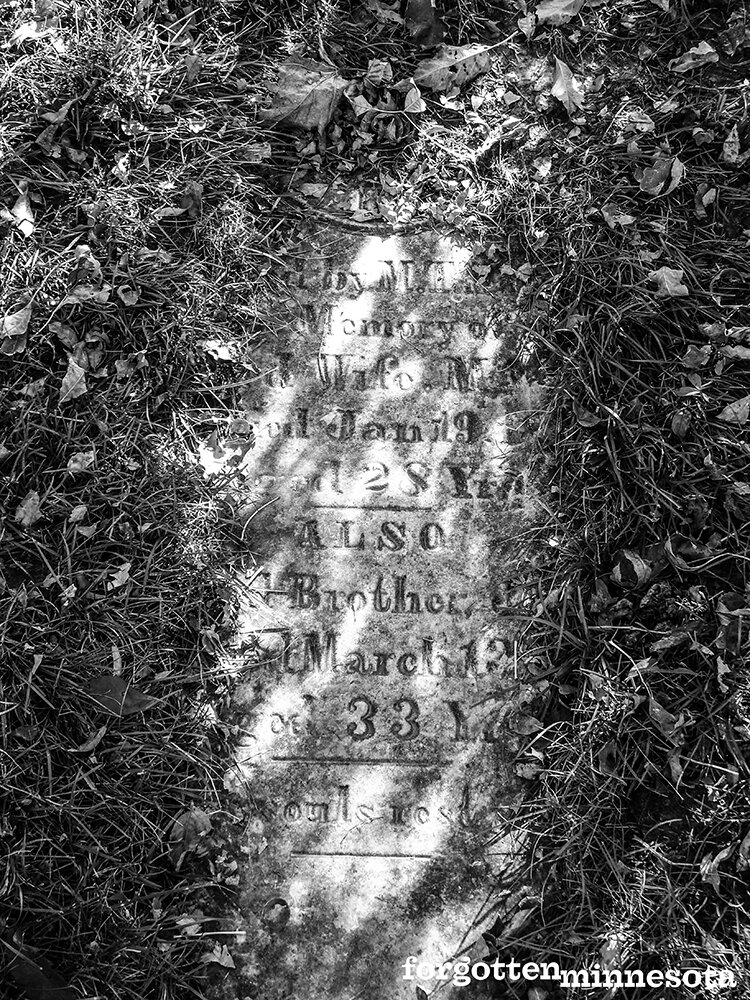
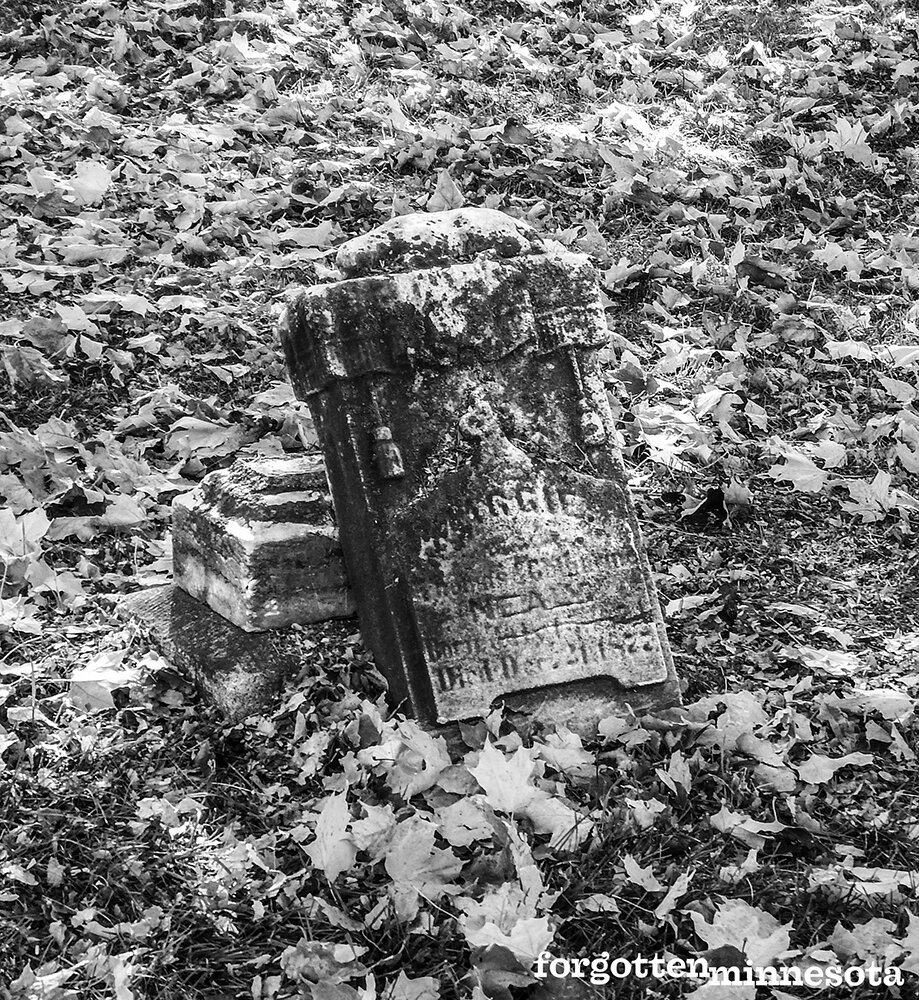
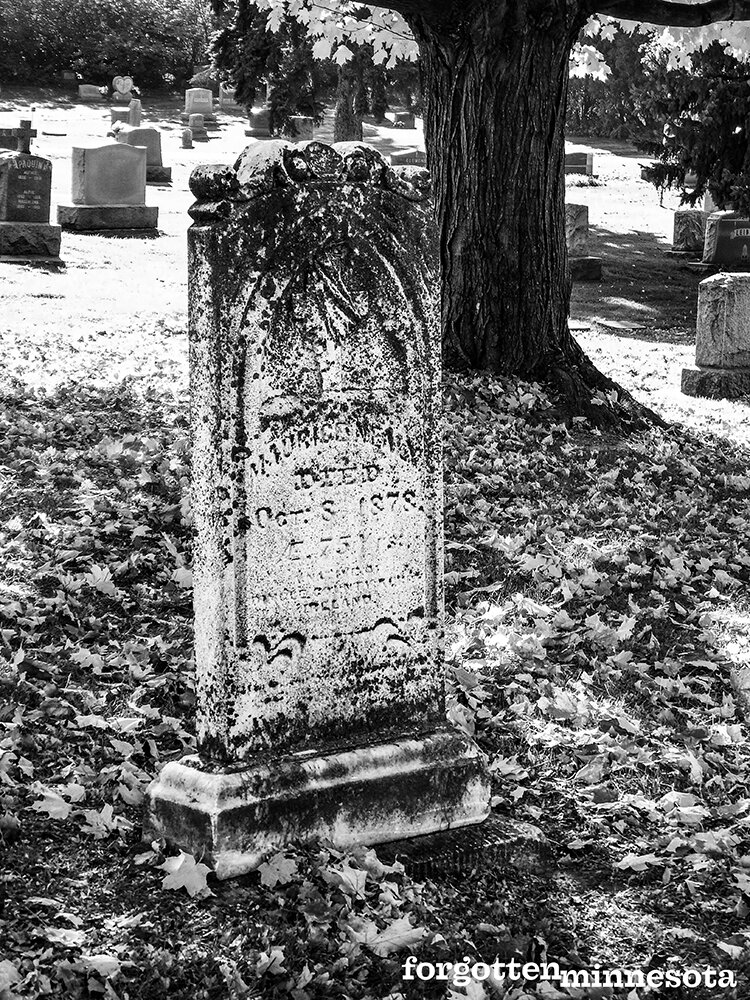
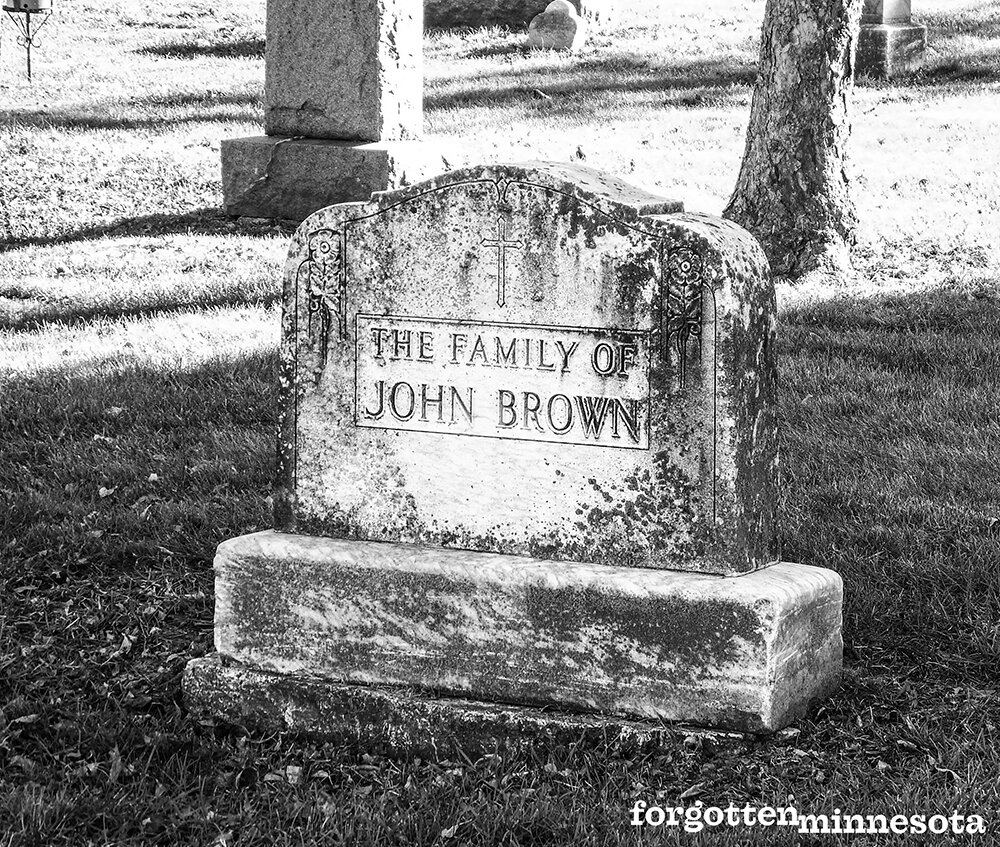
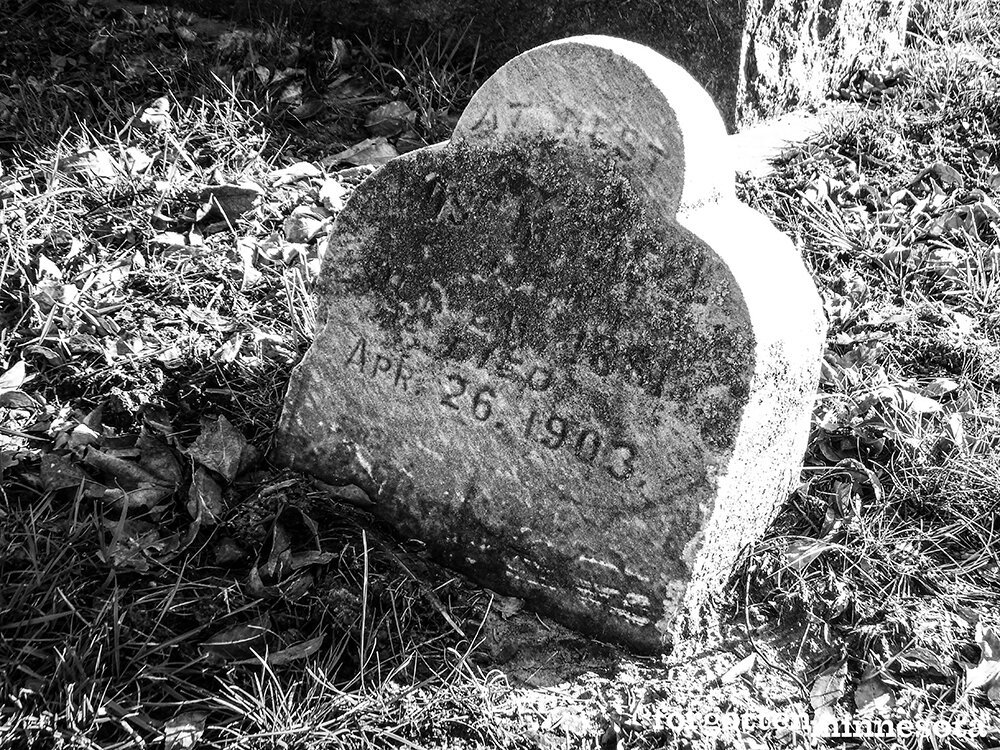
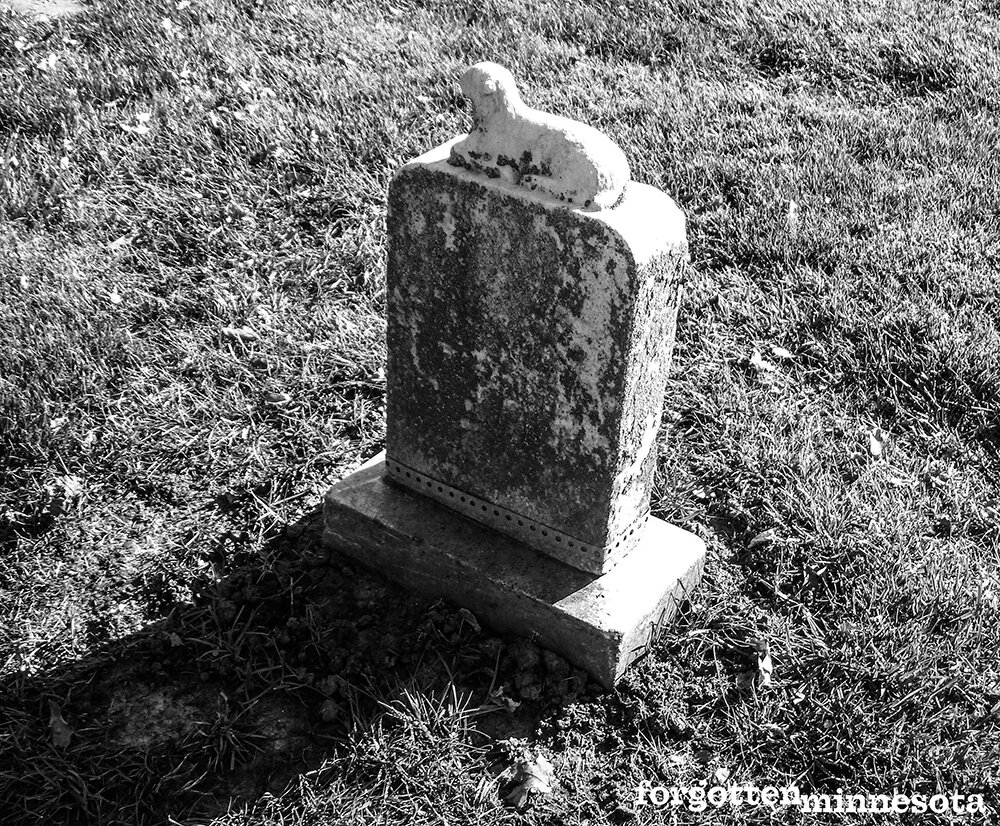
The church was declared a historic site by the Department of the Interior in 1935. It was added to the National Register of Historic Places as part of the Mendota Historic District in 1970. In 1974, the parish moved out of the failing old church into the former parish school building, which was then expanded to make room for the growing congregation. The old church was restored and rededicated in 1978. It is still used for special parish events.
St. Peter’s cemetery is located on a hill to the south of the church. Oliver Fairbault was the first recorded burial on October 10, 1840. Some believe that there were a handful of others buried there before that date. The cemetery remains in use today.
